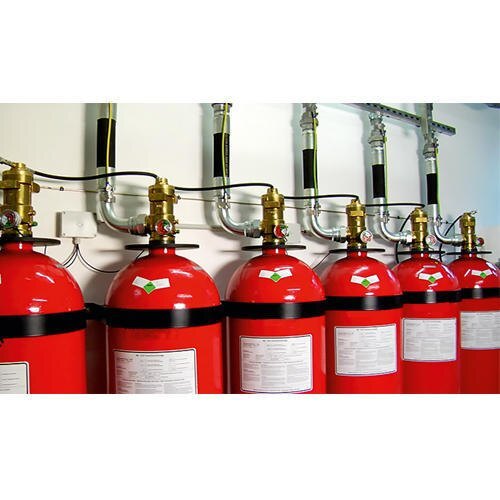An Auto Fire Extinguishing System, also known as an automatic fire suppression system, is a safety mechanism designed to detect and suppress fires in various environments, such as homes, businesses, industrial facilities, and vehicles. These systems are crucial for fire prevention and protection, as they can quickly respond to fires, reducing the potential for injury, property damage, and loss of life.
Here are the key components and features of an Auto Fire Extinguishing System:
1. Detection System: Most automatic fire suppression systems incorporate a detection system that monitors for signs of fire or heat. Common detection methods include smoke detectors, heat detectors, flame detectors, and infrared detectors. When the system detects a fire or excessive heat, it triggers the suppression process.
2. Suppression Agent: The system typically uses a specific suppression agent to extinguish the fire. The choice of suppression agent depends on the type of fire and the environment. Common agents include water, foam, dry chemicals, clean agents (e.g., halon or newer alternatives like HFC-227ea), and carbon dioxide (CO2).
3. Activation Mechanism: Once the detection system identifies a fire, it activates the suppression agent. This can involve releasing the agent through nozzles or sprinklers, deploying a fire suppression system directly onto the source of the fire, or flooding the area with the extinguishing agent.
4. Control Panel: A central control panel or fire alarm panel manages the entire system. It receives signals from the detection system and coordinates the activation of the suppression agent. The control panel may also provide visual and audible alarms to alert occupants.
5. Piping and Distribution: In larger systems, pipes and distribution networks are used to deliver the suppression agent to the appropriate locations. The piping can be pre-engineered or designed specifically for the installation.
6. Manual Override: Some systems allow for manual activation by individuals in the event of a fire emergency. This feature can be useful when human intervention is needed.
7. Maintenance and Testing: Regular maintenance and testing are essential to ensure the system functions properly when needed. This may include inspecting detectors, replacing expired suppression agents, and checking control panel functionality.
Auto Fire Extinguishing Systems are commonly found in various settings, including commercial kitchens (using kitchen fire suppression systems), computer server rooms, industrial facilities, aircraft, and even certain types of vehicles. The choice of system and suppression agent depends on the specific fire risks and safety requirements of the environment.
